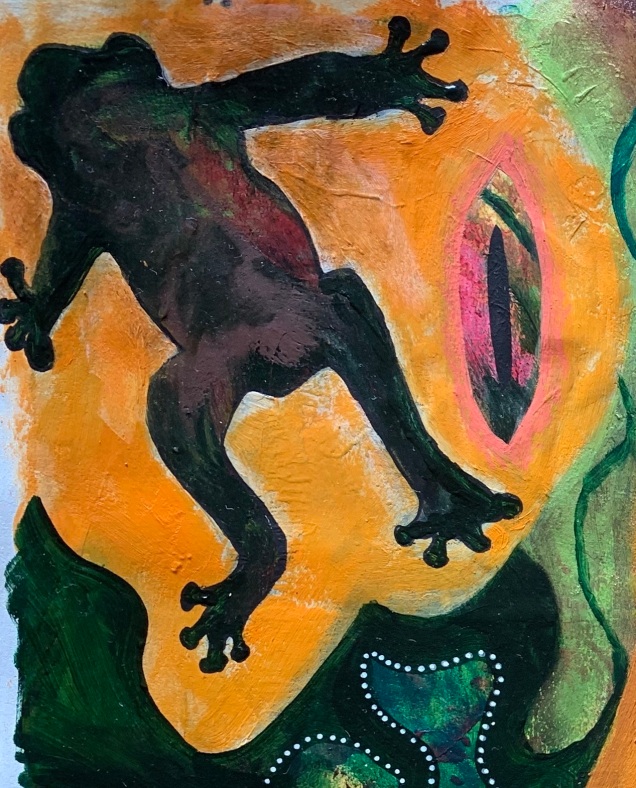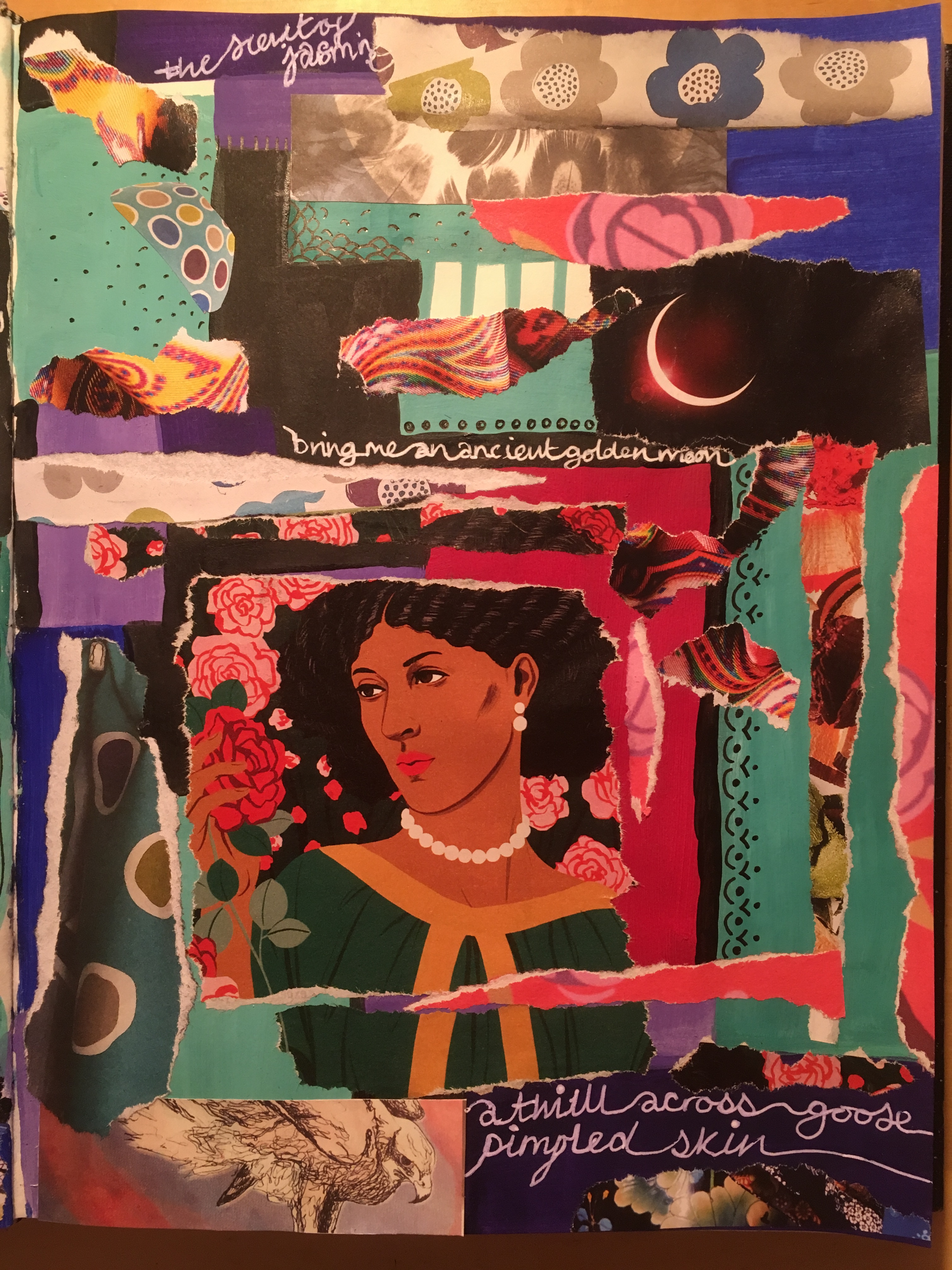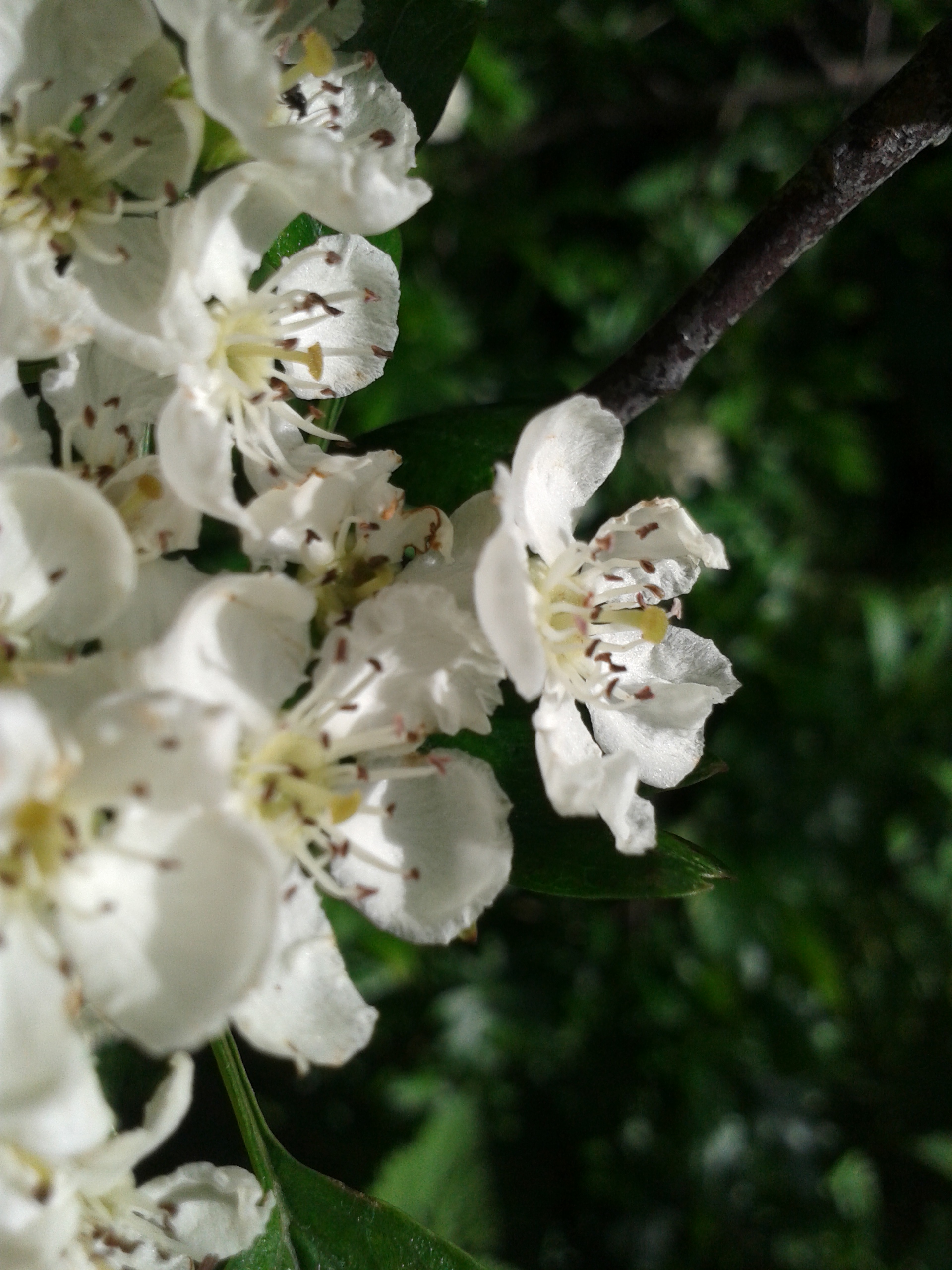rock-chestnut: our lady of doing what it says on the tin
I arise today through
The firmness of rock
and we thought those
flowers wouldn’t last,
but you didn’t know
i was a keeper,
and then again,
not.
i was a big-boned then
and the dust ground was
useful, edible.
i think you thought
you’d fatten me up,
let me circle with
my thoughts.
i don’t think you meant
to hold me in that fine
web,
but that was what i
felt.
forty years before i would fruit and i
might’ve lived for 800 years,
or more.
growing and growing.
blessed with the expansion of jupiter.
but inner growth stopped,
what could i do?
where could i go?
i had to go on,
i had to get bigger.
you, on your own,
you were never enough.
and look…
here we are.

Swiss wooden masks from traditions such as Tschäggättä, some still going.
_________________________________________________________________________________________________________
Chestnut is longevity. From the older English term, chesten nut. Handed down from the Greek, to the Latin, to the French, before it found an English home. The Latin is also the genus, Castanea. There are different types all over the world. We have eaten it for thousands of years. Roasted, candied, pureed, boiled, fried, grilled even made into flour. Bread from chestnut flour keeps and keeps.
In Japan it represents success and hard times. They cultivated it there before they even thought of rice. Alexander the Great and the Romans planting them on their travels made sure they were widespread in Europe. Predating the transplanting of potatoes in Europe, it was used as a hardy carbohydrate.
Chestnuts are in it for the long haul. They are slow growing and can take their sweet time to bear fruit. The tallest species in North America reaches 100 feet and some species can reach 800 years of age. They are hardy. The wood is durable.
In Bach Flower remedies, four of the thirty eight are chestnut ones. Sweet Chestnut is for those who have reached the limits of endurance, who have explored all avenues but cannot see a way out.
Beloved of Jupiter, like Oak. Sometimes confused with Oak. So many of its attributes are interchangeable with Oak’s… Which brings us full circle.
So… Hail Blodeuwedd! Queen of the Difficult. Refuser of Limits. Chaser of Danger. Follower of Bliss. Queen Bitch. Lady of Light and Dark. Summer and Winter. The Eternal Flower-Face.
And Hail Arianrhod…
my lady of the sliver fortress
you remain















































